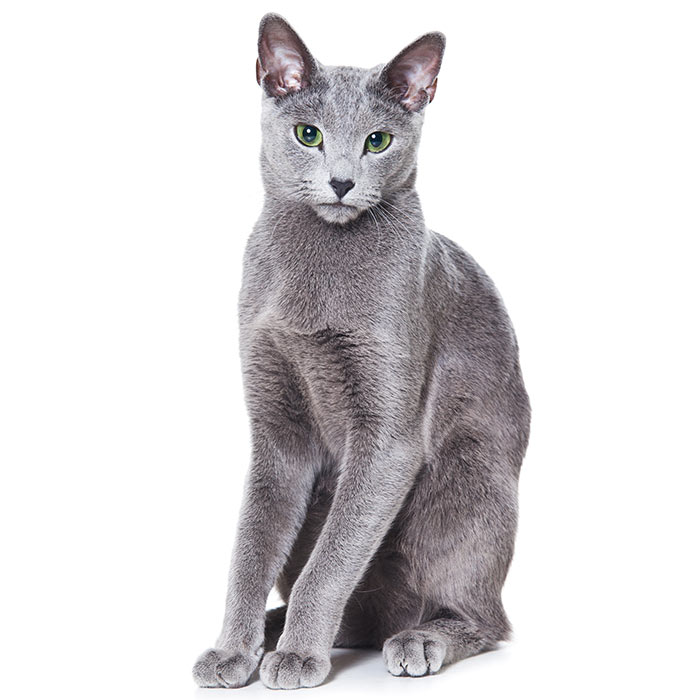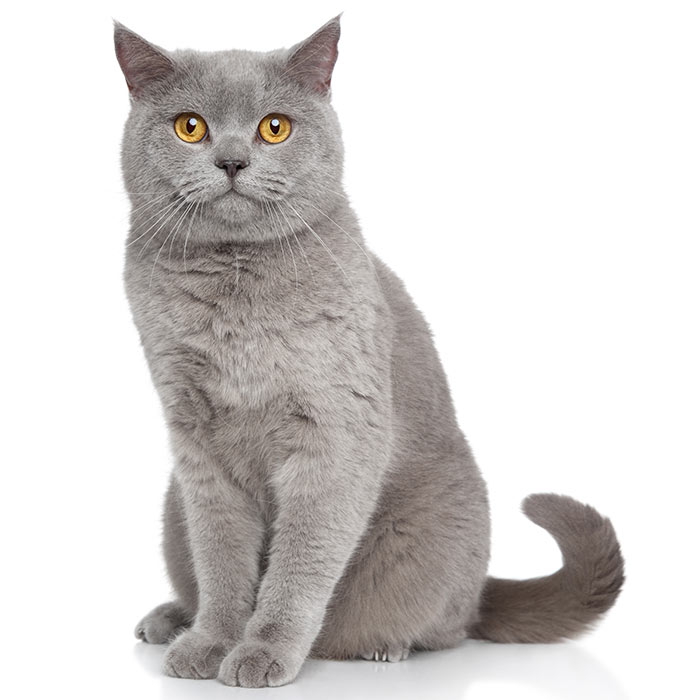Bengal

The Bengal cat is known for its soft, sleek coat which has two main fur patterns: spotted (which is most common) and marbled. Both patterns are often tri-coloured, giving each cat unique markings and patterns. This tri-colouring gives some Bengals spots which have a darker outline, often like the spots on a Jaguar. Both spotted and marbled Bengals are available in a variety of colours, the most common of which are brown, snow, silver and blue, though chocolate, charcoal and cinnamon have become more popular in recent times.
It is desirable for Bengals to have white (or light) tummies similar to wild cats. Their eyes are usually green or gold but can also be blue.
Male Bengals are usually between 4.5 and 7 kg while females are generally 3.5 – 5.5 kg, however it is not uncommon for Bengals to be bigger or smaller.
Insuring a Bengal?
Get award-winning cover with more benefits and up to 80% of eligible vet bills reimbursed. Find out about your cover options.
Get a quick quote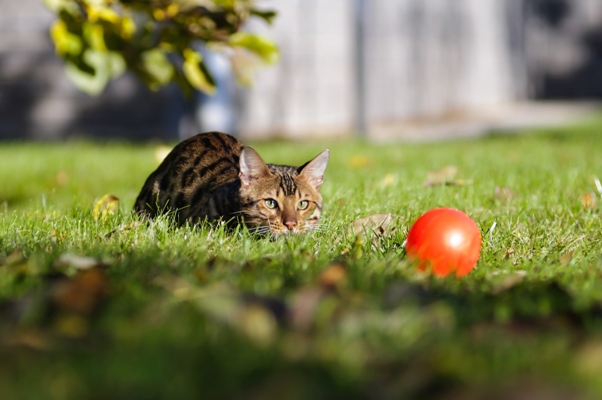
Personality and Temperament
Because of their wild roots, some assume Bengals will be difficult to tame and handle, but in fact owners say it is easily tamed. The Bengal is not a lap cat but it is affectionate and enjoys human company, especially children. They are very energetic and love to play games and hunt, a trait it has retained from its wild ancestors.
It has also retained the Asian Leopard Cat’s fishing ability, mostly in the form of a love of swimming, taking a bath or playing in the sink.
Bengals are high-energy cats and require lots of play time to keep their mind and body occupied. They have been known to jump very high, so make sure you keep valuables somewhere safe.
Common Bengal Diseases & Conditions
Symptoms, diagnosis and treatment
- Heart Disease. Hypertrophic cardiomyopathy is common in older Bengals. The heart muscle thickens, requiring the heart to work harder, causing blood clots and immobility in the back legs and congestive heart failure, which results in death. Symptoms include panting and lethargy.
- Progressive retinal atrophy refers to a family of eye diseases which lead to the gradual deterioration of the retina, leading to mild to severe vision loss. Because some cats carry the disease but are unaffected, it is not possible to weed it out.
- Cataracts. Like in humans, feline cataracts are categorised by cloudiness in the eye, causing vision loss. Cataracts can be surgically removed.
- Anaesthetic Allergies. Bengals are extremely sensitive to anaesthetics, so vets must be very careful when performing surgery on the cat to ensure it does not have a reaction, which could lead to cardiac arrest.
- Joint Problems. Bengals may experience patella luxation, in which the knee joint falls in and out of place. Surgery is available in severe cases but cats affected with a mild case could find losing some weight will take away some of the strain on the joints.
Not all conditions are covered by Pet Insurance. For details of Bow Wow Meow Pet Insurance cover, refer to the Product Disclosure Statement.
What do Bengal owners claim for the most?
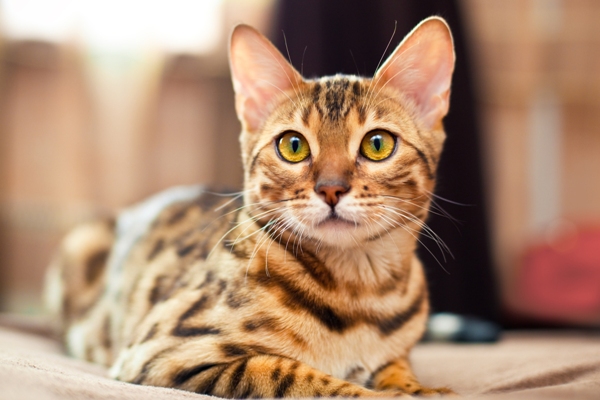
History
Bengals are not named after the Bengal tiger as you may think, but rather the Latin name for the Asian Leopard Cat (“Prionailurus bengalensis”). This is because the Asian Leopard Cat was one of the ancestors of the Bengal cat, crossed with domestic shorthairs by an American breeder called Jean Mill. The resulting spotted female was bred again and produced a litter of both spotted and solid kittens.
In the 1970s, Dr. Willard Centerwall from Loyola University was breeding Asian Leopard Cats with domestic cats in order to see if the Leopard Cat’s feline leukaemia immunity could be passed on to hybrid offspring.
Jean Mill acquired some of Centerwall’s kittens and bred them with an orange Indian domestic shorthair and a brown spotted tabby. The resulting litter served as the foundation of the modern Bengal cat.
Bengals, although a domestic breed, should be at least four generations away from a wild ancestor.
The Bengal was first recognised by the International Cat Association in 1983 as an experimental breed, then full recognition in 1991.
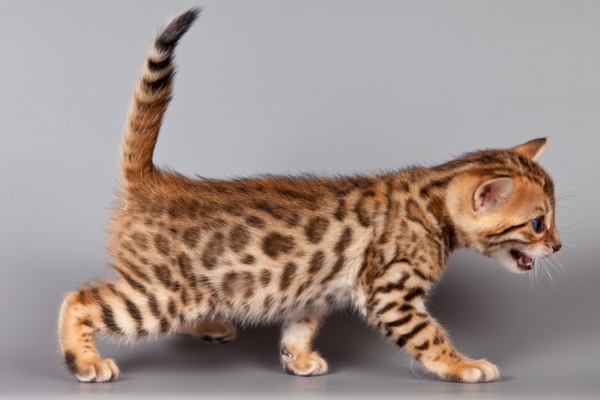
Bengal Facts!
- Most male Bengals are infertile, but most females are fertile.
- Bengals can be quite sly and sneaky, and love to pinch sparkly objects. So, if you find yourself missing an item of jewellery, you may have a cat burglar on your hands.
- Bengals love to learn tricks. This is also a good way to keep their minds occupied so they won’t turn to other activities (see above).
- Unlike most cats, Bengals are quite easy to leash-train, so you’ll be able to take your Bengal for walks and let it explore the great outdoors under your watchful eye.
- Bengals are one of the more expensive cat breeds, often costing between $500 and $5,000.
Read all you need to know about insuring a Bengal
Learn moreFree engraved pet ID tag on sign up3
Customer Satisfaction
21 day cooling off
Easy to use Pet Portal

GapOnly® in vet claims
SEE MORE
Bengal Rescue Australia: http://www.bengalrescue.com.au/Bengal_Rescue_Australia/Home.html

